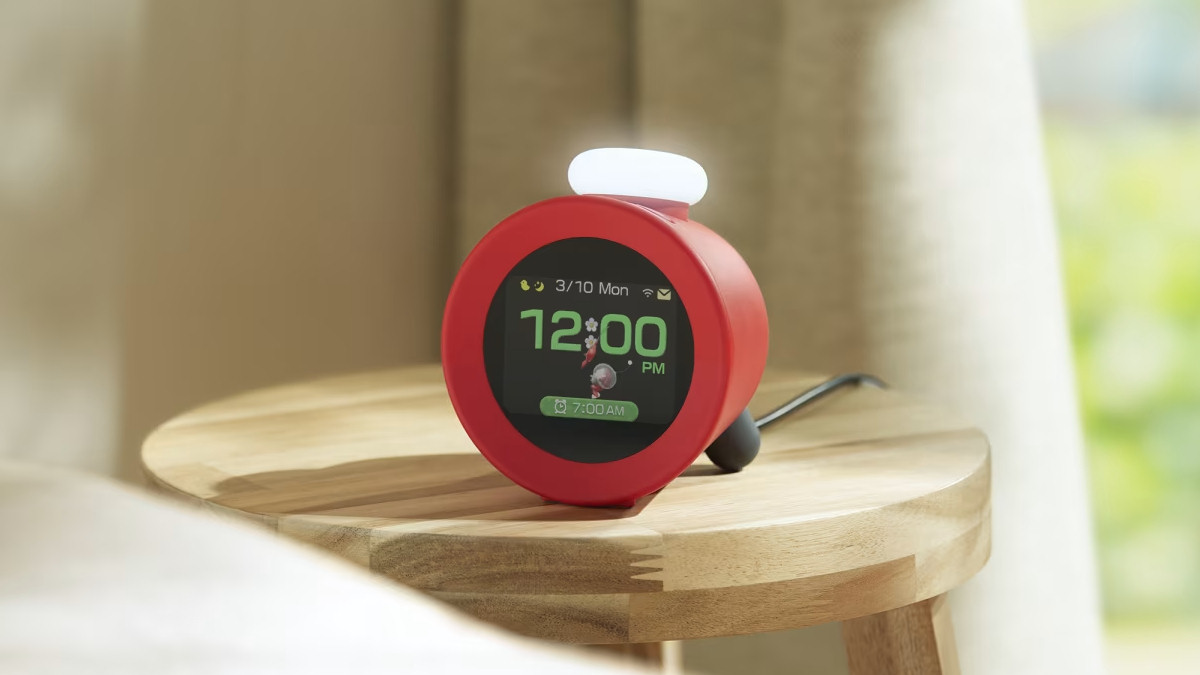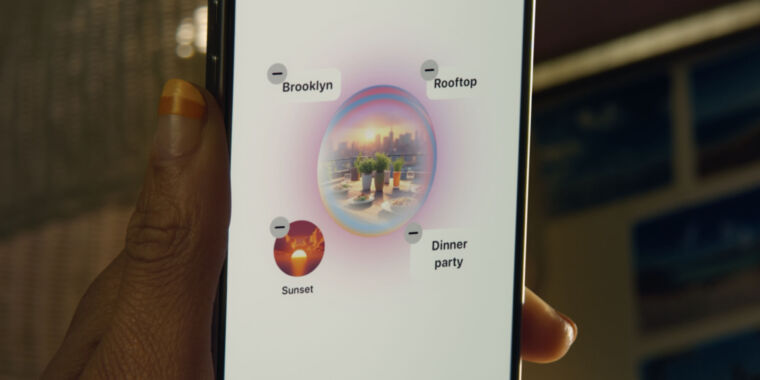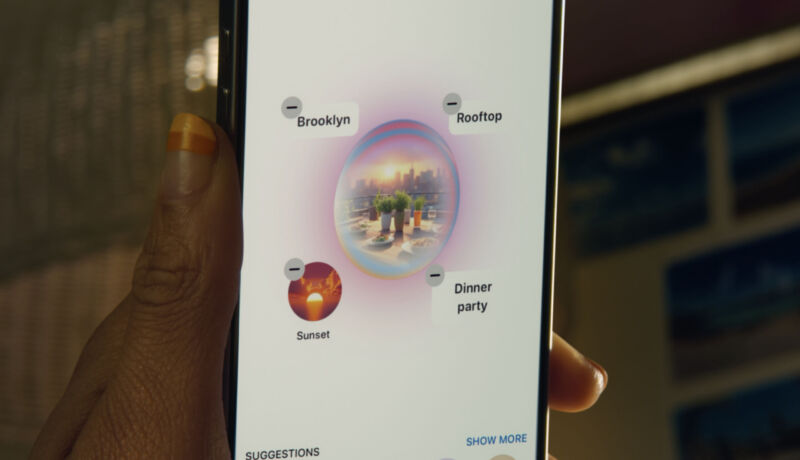Phone tracking tool lets government agencies follow your every move
Both operating systems will display a list of apps and whether they are permitted access always, never, only while the app is in use, or to prompt for permission each time. Both also allow users to choose whether the app sees precise locations down to a few feet or only a coarse-grained location.
For most users, there’s usefulness in allowing an app for photos, transit or maps to access a user’s precise location. For other classes of apps—say those for Internet jukeboxes at bars and restaurants—it can be helpful for them to have an approximate location, but giving them precise, fine-grained access is likely overkill. And for other apps, there’s no reason for them ever to know the device’s location. With a few exceptions, there’s little reason for apps to always have location access.
Not surprisingly, Android users who want to block intrusive location gathering have more settings to change than iOS users. The first thing to do is access Settings > Security & Privacy > Ads and choose “Delete advertising ID.” Then, promptly ignore the long, scary warning Google provides and hit the button confirming the decision at the bottom. If you don’t see that setting, good for you. It means you already deleted it. Google provides documentation here.
iOS, by default, doesn’t give apps access to “Identifier for Advertisers,” Apple’s version of the unique tracking number assigned to iPhones, iPads, and AppleTVs. Apps, however, can display a window asking that the setting be turned on, so it’s useful to check. iPhone users can do this by accessing Settings > Privacy & Security > Tracking. Any apps with permission to access the unique ID will appear. While there, users should also turn off the “Allow Apps to Request to Track” button. While in iOS Privacy & Security, users should navigate to Apple Advertising and ensure Personalized Ads is turned off.
Additional coverage of Location X from Haaretz and NOTUS is here and here. The New York Times, the other publication given access to the data, hadn’t posted an article at the time this Ars post went live.
Phone tracking tool lets government agencies follow your every move Read More »


















